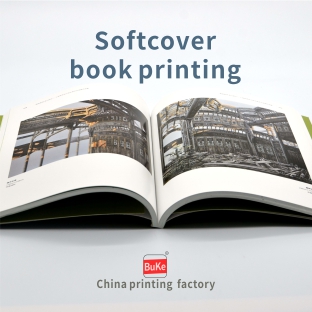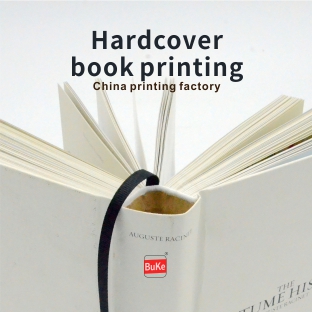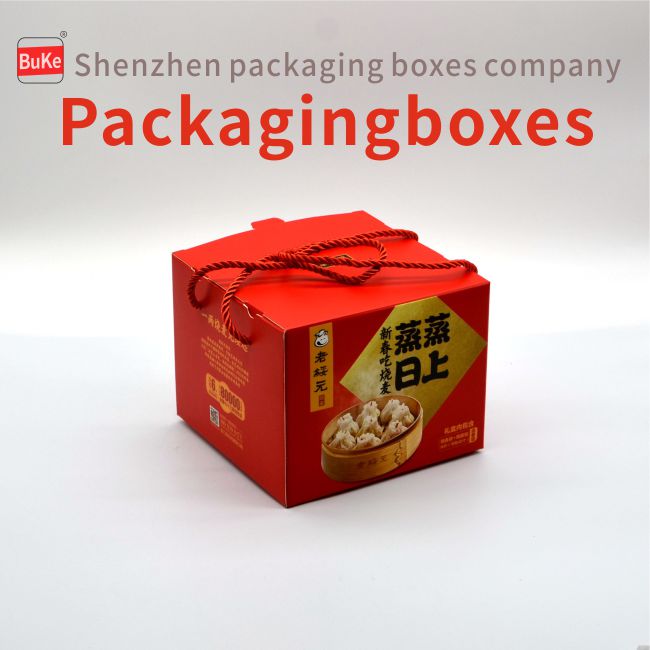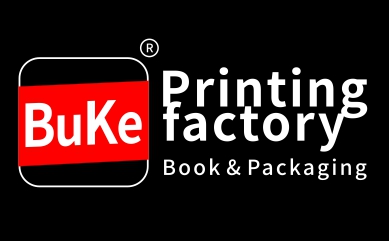

Welcome to China BuKe Printing Co.,Ltd
ISO9001 quality /ISO14001 environmental management system certification/FSC
China BuKePrinting Manufacturer
+86-136-3297-9900
Erison@book0755.com
Knowledge quantity is leading in the printing industry
-
9373
-
8814
-
6059
-
5591
-
5189
-
4812
-
4746
-
4448
-
4414
-
4393
-
4349
-
4343
-
4294
-
4230
-
4220
-
4161
-
4108
-
4085
-
4081
-
3786
-
3715
-
3642
-
3607
-
3567
-
3404
-
3357
-
3301
-
3274
-
3268
-
3187
Learn printing knowledge
Learning printing not only needs to learn professional knowledge in the industry, including the knowledge points of pre-press, printing and post-process of printing.
Learn printing industry knowledge, printing process knowledge, printing color knowledge And more knowledge of customer needs. Learn common problems encountered in printing and solve them.
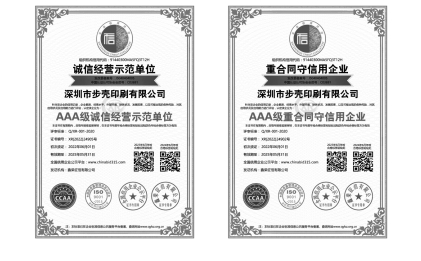
Regarding the binding form of books/butterfly binding, backpacking, and thread binding
Regarding the binding form of books/butterfly binding, backpacking, and thread binding
Bookbinding Forms/Butterfly, Backpack, and Thread Binding
Butterfly costume
One of the forms of ancient Chinese book binding. During the Tang and Five Dynasties periods, woodblock printing was prevalent, and the increase in printing quantity promoted the development of book binding. The previous form of book binding was no longer suitable for the rapidly developing printing industry, which led to the evolution of book forms. The butterfly costume began in the Five Dynasties (10th century AD) and became popular in the Song Dynasty, but gradually declined during the Yuan Dynasty (13th century AD).
Butterfly costume, abbreviated as "butterfly costume" or "sticky page", is an early album costume. The butterfly costume appeared after the folding costume and evolved from the folding costume. Due to the tendency to break at the creases of the folded book, the book's form shifts towards the direction of the pages, avoiding the defects of the folded book and avoiding the trouble of sticking the pages to a long width. After changing the long scroll to 'album pages', fold the pages inward from the middle seam, with the fish tail pattern facing up and down at the middle seam, which is convenient for finding the center during folding. After folding the pages, stack them in a square shape in order and then stick the creases onto the paper on the back of the package, completing the entire book. When flipping through, the pages of the book are like butterflies spreading their wings, hence the name 'butterfly costume'. In Ye Dehui's "Shulin Qinghua", it is said: "Butterfly bound books do not need to be sewn, but they are glued to the back of the book, with a hard cover, with the center of the plate facing inward, and a single opening outward, revealing them like butterfly wings
The cover of butterfly decoration is often made of thick and hard paper, and there are also cases with silk brocade on the back. When presenting, the book is often arranged in sequence with the back facing up and the opening facing down. As the opening is prone to wear and tear, the surrounding space of the layout is often designed to be particularly spacious.
Backpack
It is a binding form of ancient Chinese books, dating back to the late Southern Song Dynasty. Society is developing, and things are progressing. The binding of books must constantly reform and innovate in the footsteps of social development. Although butterflies have many conveniences, they are also very imperfect. Because the text faces inward, it is necessary to flip two blank pages at the same time as flipping through two pages. Zhang Kengfu said in his book "The Origins and Flows of Chinese Bookbinding": "Although the butterfly style is beautiful, the pages are like threads. If you flip too much, there is a risk of falling off. The backpack runs through the book and is much stronger. Therefore, in the Yuan Dynasty, the backpack replaced the butterfly style.
The backpack of the Yuan Dynasty was designed with the side of the page with text facing outward, with a folded center line as the opening, and the back folded relative to each other. When flipping through, all you see is the side with words, which allows you to read continuously and enhance your reading skills
The functionality of reading. To prevent the adhesive on the back of the book from becoming weak, a paper twist binding technique is adopted, which involves twisting long strips of tough paper into paper twists and punching holes near the spine of the book back. By twisting and threading, it saves the trouble of page by page adhesive. Finally, stick a whole piece of paper around the back of the book as the cover and back cover of the book
The book with a backpack has similar features to today's books, except that the text pages are printed on one side and the book opening is connected every two pages. Both the Ming Dynasty's "Yongle Da Dian" and the Qing Dynasty's "Si Ku Quan Shu" used backpacks
Wired installation
A technique for book binding. It is the final form of the evolution of traditional book art in China, which appeared in the mid Ming Dynasty and is commonly known as "thread bound book". The use of thread binding for books in China appeared around the end of the Tang Dynasty and the Five Dynasties, and was prevalent after the mid Ming Dynasty. In the fourth volume of Zhang Bangji's "Mozhuang Manlu" of the Southern Song Dynasty, it is said that "Uncle Wang Zhuyuan, Neihan, tasted the cloud and wrote a book with sticky leaves on top. After a long time of peeling off, he couldn't escape, and searched for a second place, which was enough to copy. He repeatedly obtained a book with ease, in order to complete it. If he had sewn it, it would be difficult to sequence it. When he first obtained several volumes of Dong's" Fanlu ", it was disorderly and reversed. After reading for years, he searched and patched it up several times, but only finished it a bit, which was the disadvantage of sewing." This indicates that in the Song Dynasty, books were still bound with thread, but due to many drawbacks, they could not be implemented
By the mid Ming Dynasty, the reading of books became more frequent, and backpacks were easily scattered and unable to meet the needs. Thread bound books became popular. Compared to a backpack, the binding method for the inner pages of a book is the same. The difference lies in the protective cover, where two pieces of paper are pasted on the front cover and back cover respectively, with the spine and lock line exposed. The sewing method is divided into four, six, and eight stitches. Some rare books require special protection, so they are wrapped with silk brocade at the two corners of the spine of the book, known as the "wrap corner". Thread binding is the basic form of Chinese printed book binding, and it is also the most representative stage of the development of ancient book binding technology. Thread bound books originated in the late Tang and early Song dynasties and were popular during the Ming and Qing dynasties. There are many rare ancient books that have been passed down to this day.
In order to protect precious ancient books or rare collections, book collectors often make special scroll devices to preserve books. Due to the softness of books, in order to prevent their damage, wooden boards or cardboard are often used to make letters for protection. The size of the letter depends on actual needs and has various forms. Use cardboard as a lining, white paper as the inner lining, and blue cloth or brocade as the outer surface.
Letters are usually folded and wrapped around the cover, back cover, opening, and spine of a book, with both ends protruding from the top and bottom sides of the book. There are also "four in one sets" that are fully enclosed on six sides, often excavated in crescent or cloud shaped shapes at the opening of letters, known as "crescent sets" or "cloud head sets". In addition, exquisite letters can also be made from wooden boxes or plywood, which not only protect books but also add artistic and elegant beauty to them.
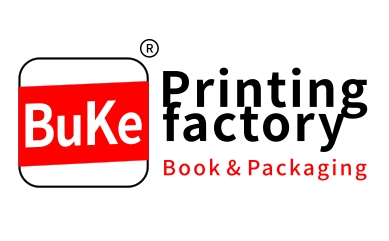


Contact us
Free sample
E-mail:
Erison@book0755.com
Buke@book0755.com
WhatsApp/Tel:
+86 13632979900
Wechat:
-
2023-05-11
-
2023-02-20
-
2023-02-16
-
2023-01-31
-
2023-01-24
-
2023-01-23
—— Book & Packaging / Printing Factory of China ——
Contact us to make free samples
-
Publishing and Plate Printing ......
2023-05-19
-
How to Use Printing Prices for......
2023-05-13
-
What is the process flow of ho......
2023-05-08
-
What is the process flow of wi......
2023-05-07
-
Milling back for hardcover boo......
2023-05-05
-
What is the printing on the ba......
2023-05-04
-
2023-05-12
-
2023-03-28
-
2023-03-27
-
2023-03-26
-
2023-03-25
-
2023-03-24
China Printing Factory/Printing Company/Printing Album/Packaging Box Printing/Packaging Box Customization/Handbag Printing/Textbook Printing/Color Box Printing/Printing Factory Shenzhen/Packaging Printing Factory/Paper Box Printing Album/www.book0755.com/No.23 Xinxia road Pinhu Street Longgang Shenzhen Guangdong China / 518111
China Guangdong Shenglongda Printing/Hualiantai Paper Packaging/China Buke Printing Co., Ltd/Shenzhen Buke Trading Co.,Ltd Sitemap
公安網備:粵ICP備2022046155號-1
E-mail: Erison@book0755.com
Buke@book0755.com
Tell: +86-136-3297-5453
+86-136-3297-3272
WhatsApp: +86-136-3297-9900
ISO certification
Advanced equipment
Delivery
to door
After-sale service
Heidelberg , and
other imported equipment

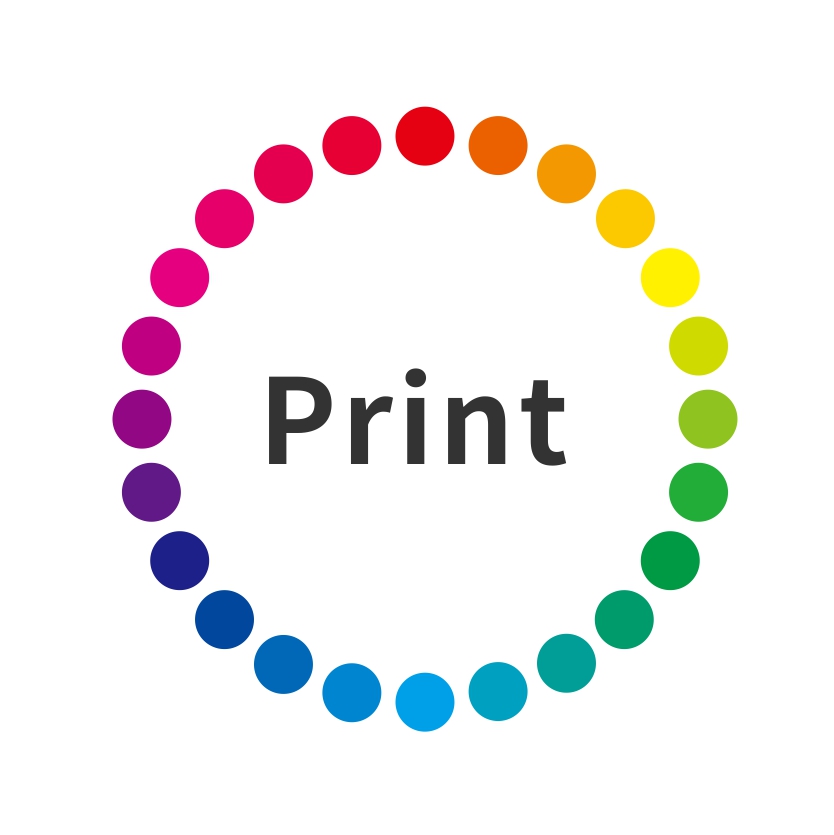


ISO9001 / ISO14001
FSC forest certification
Domestic to door
International to door
After-sales service
Free reprint of quality problems







